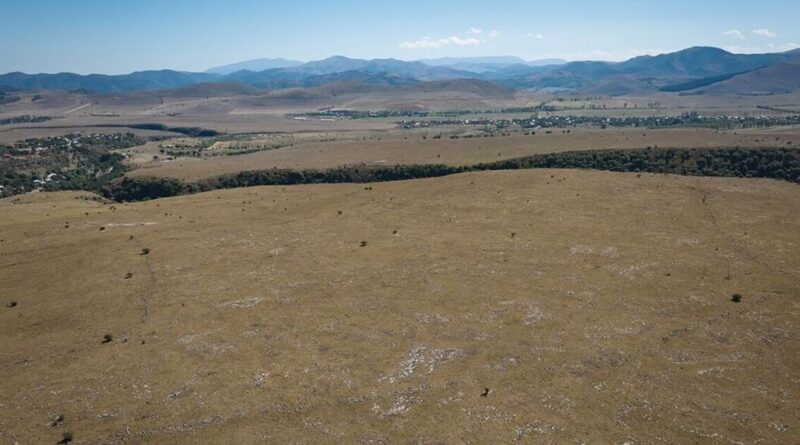Archaeology breakthrough as scientists discover 3,000-year-old mega fortress in Europe | World | News
An incredible breakthrough has been made as an old ‘mega-fortress’ in the Caucasus mountains has been investigated.
The Caucasus region lies between Europe, the Eurasian Steppe and the Middle East, boasting a long history of being a cultural crossroad.
Fortress settlements in South Caucasus appeared between 1500-500 BCE and they reveal developments in the prehistory of the region that no one has ever known before.
Dr Nathaniel Erb-Satullo, a senior lecturer in Architectural Science at Cranfield Forensic Institute along with his co-director from the Georgian National Museum, Dimitri Jachvliani have been studying the site since 2018.
When they began their research on the fortness named Dmanisis Gora, the experts started off with test excavations on a fortified promontory between two deep gorges, Phys.org reports.
But one particular visit revealed that that the site they were dealing with was much bigger than thought. Surrounding the inner fortress were the remains of more fortification walls and other stone structures. It size is what prevented getting a real sense of the entire site from the ground, which “sparked the idea of using a drone.”
Dr Erb-Satullo said: “The drone took nearly 11,000 pictures which were knitted together using advanced software to produce high-resolution digital elevation models and orthophotos – composite pictures that show every point as if you were looking straight down.”
They were then able to “identify subtle topographic features” creating more accurate maps of the the outer settlement, which revealed that “the site was more than 40 times larger than originally thought.”
In order to understand how the site had evolved, the orthophotos were compared with 50-year-old photos captured by a Cold War-era spy satellite that was declassified in 2013.
Comparing the two allowed the researchers to distinguish between the older and recent features, as well as assess the areas of rhe settlement that were damaged by modern agriculture.
Dr Erb-Satullo added: “The use of drones has allowed us to understand the significance of the site and document it in a way that simply wouldn’t be possible on the ground.
“Dmanisis Gora isn’t just a significant find for the Southern Caucasus region, but has a broader significance for the diversity in the structure of large-scale settlements and their formation processes.”
The researchers believe the area fortress was expanded because “its interactions with mobile pastoral groups,” but now that they have the site “extensively mapped” they can conduct further study that will provide more insights including population density, livestock movements and agricultural practices.




